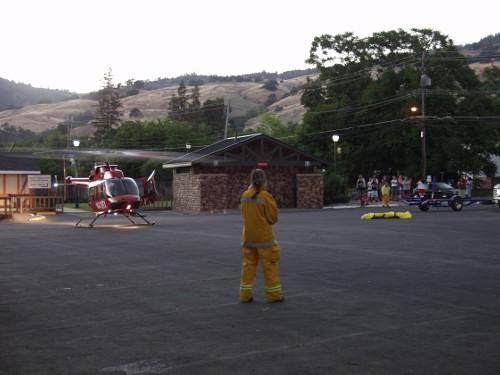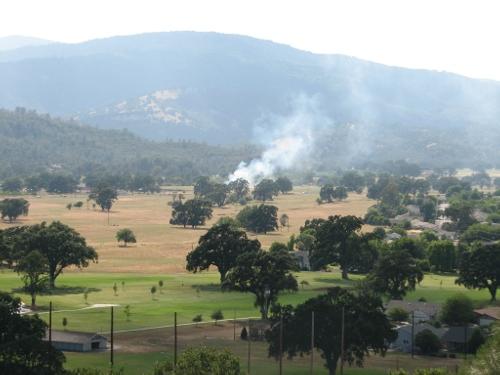LAKE COUNTY – California's unemployment numbers continued to edge upward in May, while Lake County's appeared to show another slight improvement.
The state Employment Development Department's (EDD) latest report put California's May unemployment at 11.5 percent, up from 11.1 percent in April. The state's May 2008 unemployment rate was 6.8 percent.
“When the world loses one-third of its wealth in 18 months, it is to be expected that historic levels of job losses will follow,” Gov. Arnold Schwarzenegger said in response to the numbers. “Not surprisingly, we and our fellow states have seen unemployment numbers rise sharply during this difficult time.”
He said a full recovery will not happen overnight “There is no greater priority right now than to stimulate the economy, create jobs and get California back on the road to prosperity.”
In Lake County, unemployment was reported to be 15.5 percent in May, down from 16.1 percent the previous month.
Neighboring counties posted the following May unemployment numbers: Napa, 8.3 percent; Sonoma, 9.5 percent; Mendocino, 10.2 percent; Yolo, 10.5 percent; Glenn, 14.6 percent; Colusa, 17.8 percent.
Nationwide, unemployment increased in May, rising to 9.4 percent from 8.9 percent in April, according to the US Bureau of Labor Statistics. The US unemployment rate for May 2008 was 5.5 percent.
EDD reported that nonfarm payroll jobs declined by 68,900 during May, totaling 14,343,400 jobs. The year-over-year change – from May 2008 to May 2009 – shows a decrease of 739,500 jobs, a 4.9-percent decline.
Unemployment statistics are gathered through two surveys – one of 42,000 California businesses and a smaller federal survey that looks at 5,500 California households, the department reported.
The federal household survey estimated that the number of Californians holding jobs in May was 16,387,000, a decrease of 177,000 from April, and down 710,000 from the employment total in May of last year, EDD reported.
In addition, the number of people unemployed in California was 2,138,000 – up by 73,000 over the month, and up by 885,000 compared with May of last year.
In job categories, educational and health services added jobs over the month, gaining 2,100 jobs.
Ten job categories posted declines, amounting to 71,000 jobs, in May – natural resources and mining; construction; manufacturing; trade, transportation and utilities; information; financial activities; professional and business services; leisure and hospitality; other services; and government) reported job declines this month.
The largest decline was in government, which lost 14,200 jobs in May.
Educational and health services posted job gains over the year, adding 23,300 jobs, a 1.4-percent increase, EDD reported.
Categories losing job declines over the year – for a total of 762,800 lost jobs – included natural resources and mining; construction; manufacturing; trade, transportation and utilities; information; financial activities; professional and business services; leisure and hospitality; other services; and government.
Of those categories, trade, transportation and utilities declined the most on a numerical basis. EDD said the category dropped 191,100 jobs, declining 6.6 percent.
On a percentage basis, the largest decline was in construction, which dropped 149,200 jobs for a total of 18.6 percent.
The EDD reported that 839,960 people received regular unemployment insurance benefits during the May survey week, down from 853,607 in April but up from the 467,563 recorded in May 2008.
At the same time, EDD said new claims for unemployment insurance were 67,579 in May 2009, compared with 72,718 in April and 47,003 in May of last year.
E-mail Elizabeth Larson at This email address is being protected from spambots. You need JavaScript enabled to view it. .





 How to resolve AdBlock issue?
How to resolve AdBlock issue? 








